Women and BIPOC (Black, Indigenous, people of color) have been largely excluded from the design of our cities and urban areas, instead, they were and continue to be shaped by folks who don’t understand the needs of the communities they serve. Currently, there is only one black female architect licensed to practice in the state of Colorado, US. In the United States, black women represent less than 2% of registered architects. The statistics are comparable to other BIPOC in architecture and urbanism. This is why our communities continue to experience the harmful impacts of exclusionary practices such as redlining, urban renewal, and gentrification. In New York City our home base, homes were demolished to build leisurely green spaces for the elite. Factories pumped toxic air into the most marginalized and ghettoized communities damaging black and brown lungs for generations to come. Communities were razed to shorten suburban commutes fracturing neighborhoods. This was done in plain sight by professionals so far removed from the communities they had a fiduciary responsibility to serve.
Unfortunately, most people don't know American cities were carefully designed to favor certain folks at the expense of others by limiting where folks could buy property, send their kids to school, and access infrastructure. BIPOC communities were excluded from the infrastructure that was essential to the rise of the white middle class. Now, these communities are being displaced from urban areas due to gentrification, school segregation, and gerrymandering to name a few. These mechanisms of oppression were carefully and deliberately implemented; therefore, we must bring the same level of care to the initiatives addressing the harm they have caused. To this end, Territorial Empathy was founded in 2018. We are a nonprofit design collective where our team of intersectional anti-bias and anti-racism trained team explores how urbanism, architecture, and data journalism can promote inclusivity in urban environments. Our work is in service of women, children, and BIPOC’s who often lack the financial and political capital to leverage these participatory processes. We envision a future in which people from all walks of life come together to envision and build a city that recognizes our shared humanity and dignity.
To better elaborate on our impact, it is important to elaborate on some of the projects submitted:
First is the People’s Bus, a former Corrections bus used to transport incarcerated people to Riker’s Island. We led its transformation into a community center through a partnership with the NYC Civic Engagement Commission. Together, we brought the bus to the neighborhoods most affected by COVID-19 as part of the People’s Festival along with resources and entertainment. This movable feast is a stage, gallery, and generator powered by solar.
Second is Segregation is Killing Us, an analysis of the disparate impacts of the COVID-19 on New Yorkers of color. We analyzed cases through different indicators to find that wealthy resident were largely unharmed, finding that their ability to quarantine in second and third homes lead to a national spread of the virus. The findings showed a clear link between segregationist planning practices from the past and present-day public health outcomes.
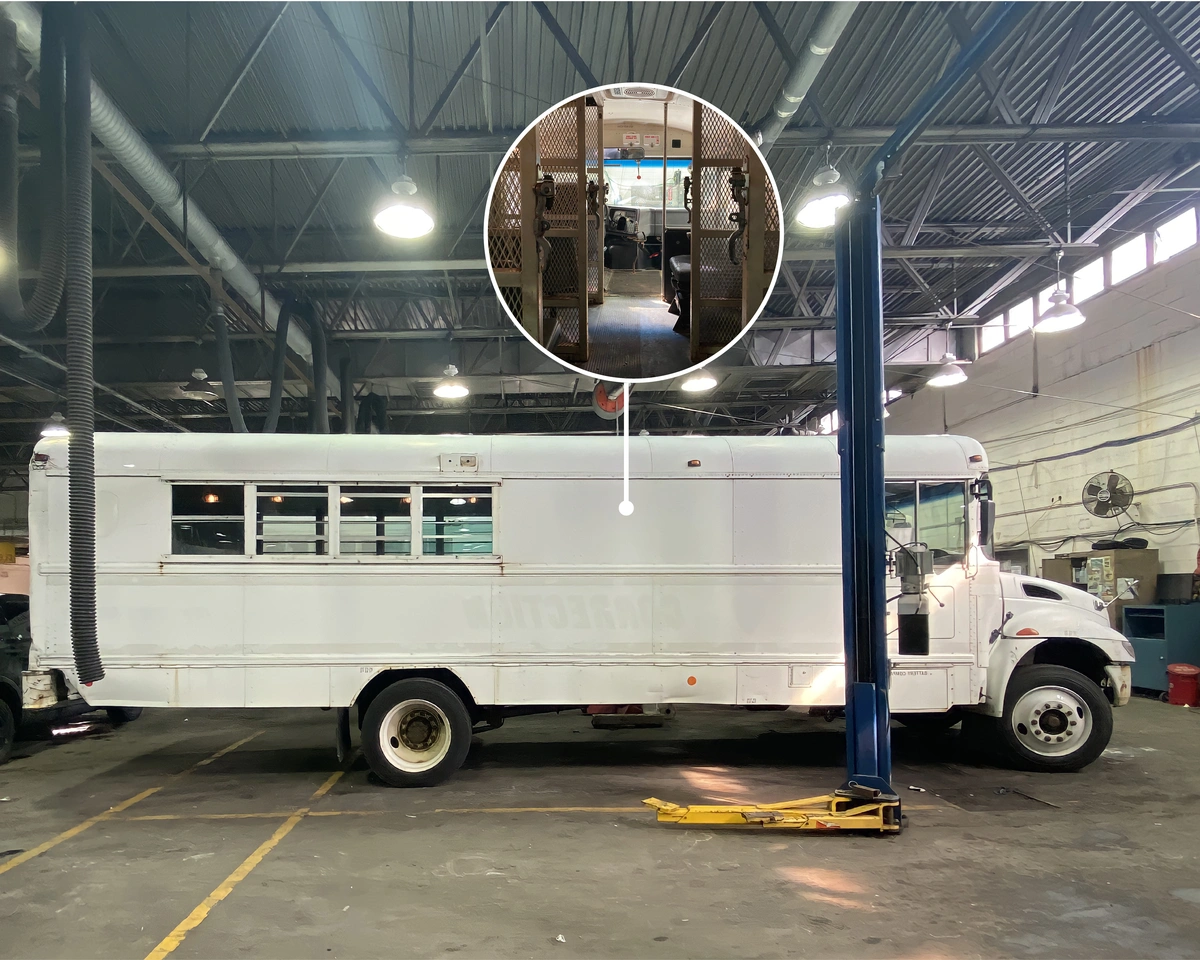
People's Bus pre-transformation at Riker's Island Department of Corrections.
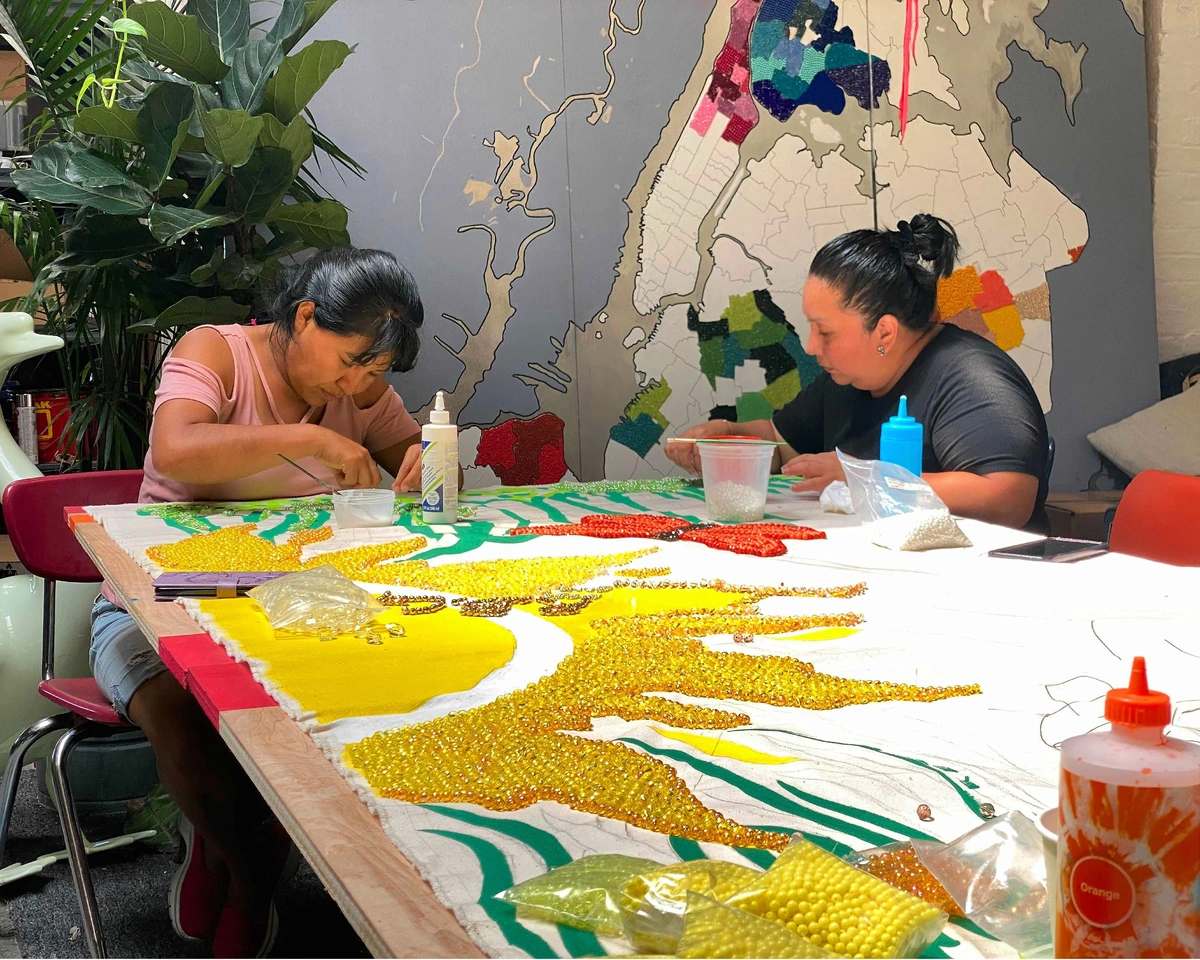
Community members from Mujeres en Movimiento, our partner organization of activists fighting to improve the quality of life of undocumented women. Here we're beading the ceiling of the People's Bus, illustrated by children throughout the five boroughs. The ceiling is designed to represent all New Yorkers and is made of 8.4 million beads - one for each city resident.
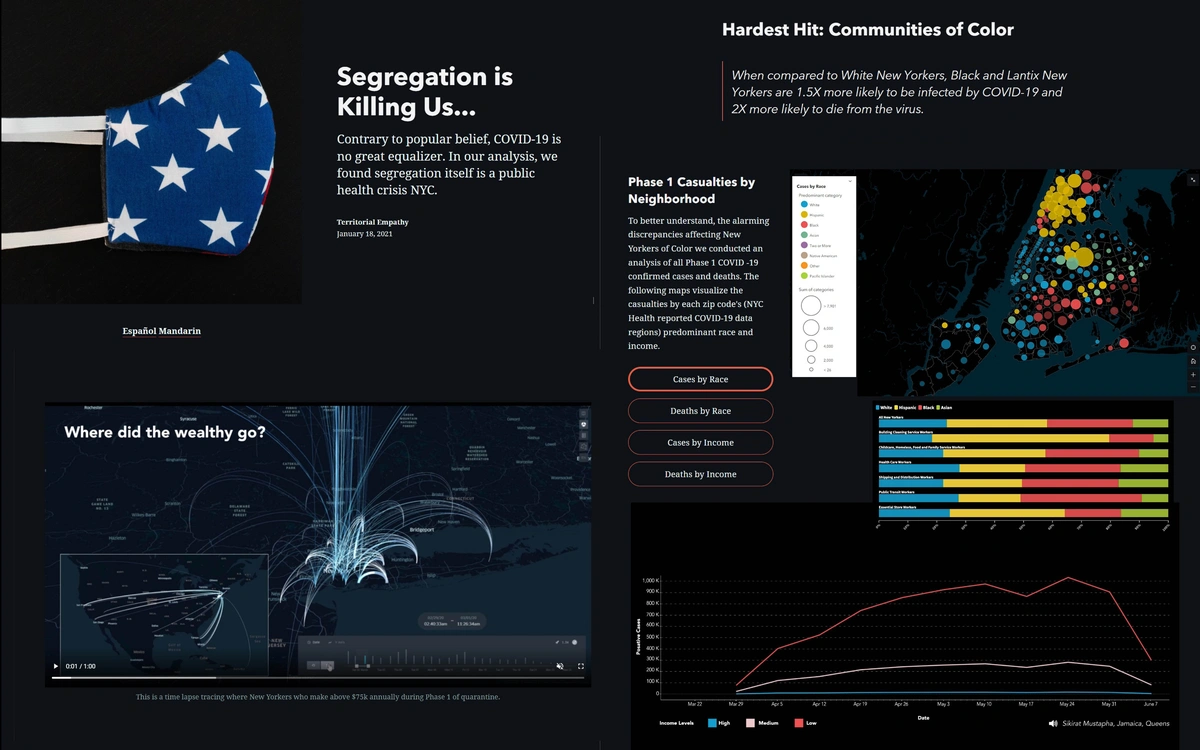
Segregation is Killing Us interface, an urban analysis project depicting the impact of COVID-19 on communities of color throughout New York City.
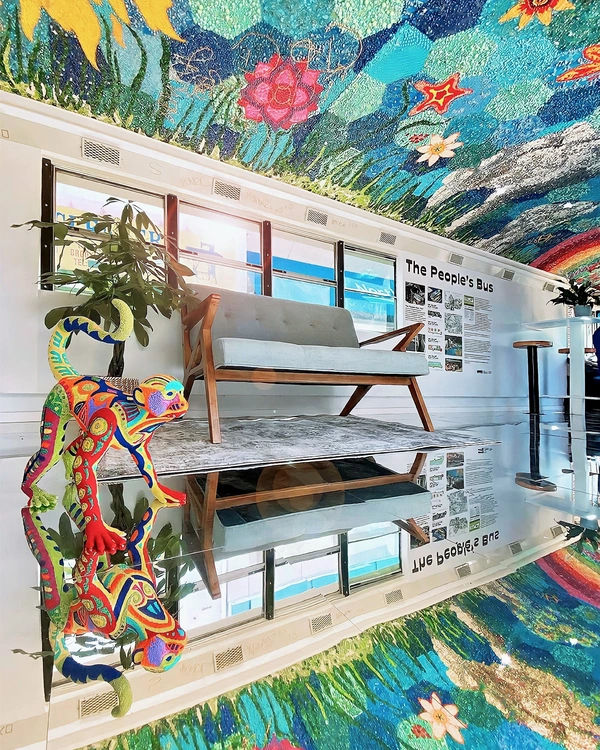
People's Bus finished Interior
Humility is key to our organization's approach to working with constituents. We always say at Territorial Empathy, that we're not experts, we're doulas facilitating a community's vision. No one is more of an expert in their community than its constituents. However, what we can bring to the table are our tools of practice to analyze complex issues and help translate a vision into reality. All of our work is community-led and relies on collaborative decision-making. However, a key part of our work is creating a safe space for intentional feedback and disagreement facilitated by our team's training in anti-bias and anti-racism practices. We have a small team of urban designers, architects, and design technologists that work to practice these values. Team members are assigned to projects based on shared values and interests. We work with other CBOs, activists, government agencies, and youth coalitions to support work that advances spatial equity.
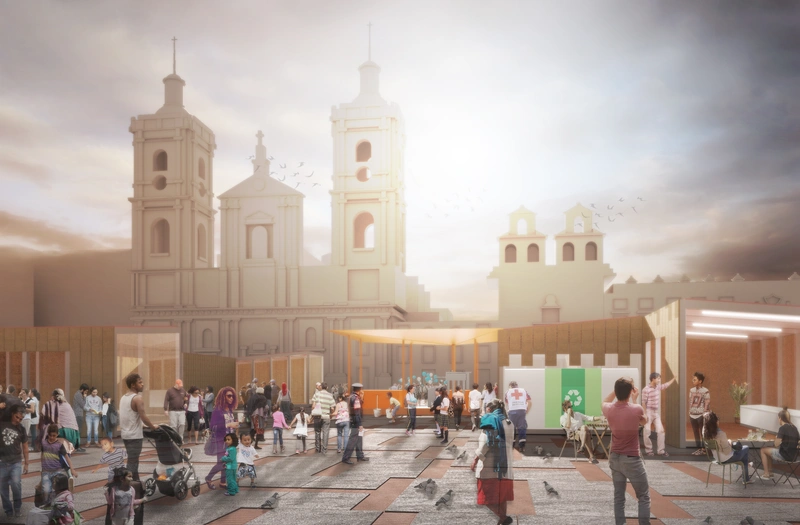
Today, the Venezuelan refugee crisis has presented an unprecedented challenge to public spaces around Colombia. It is estimated that roughly 4,000 Venezuelans are leaving their home country daily. This year alone, more than one million Venezuelan refugees have entered Colombia. By 2021, Colombia is estimated to be home to approximately four million displaced Venezuelans. Throughout Colombia, the lack of housing, jobs, and adequate aid respon
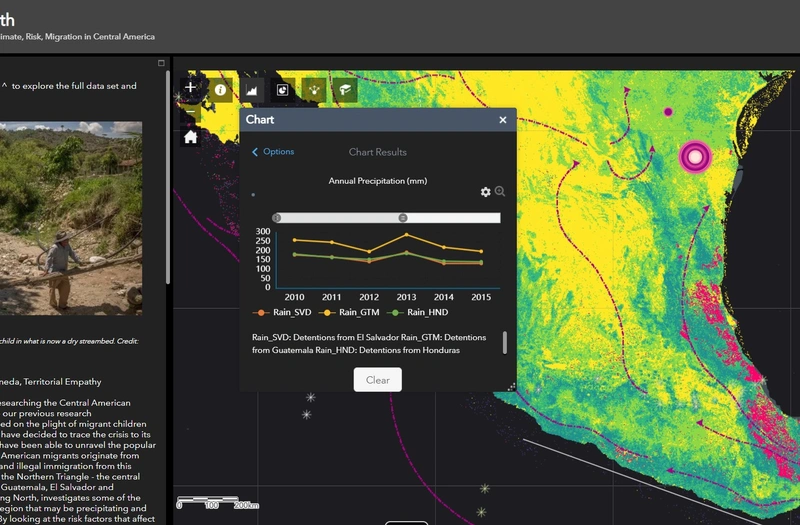
Going North, investigates some of the conditions in the Northern Triangle region that may be precipitating and contributing to the migratory crisis. By looking at the risk factors that affect the region: drought, flooding, seismic, precipitation and volcanic activity we have begun to understand the life safety and economic exposure threatening the region. Having analyzed the last twenty years of hazard data in the region we have noticed a strong correlation between climate and migration. Due to
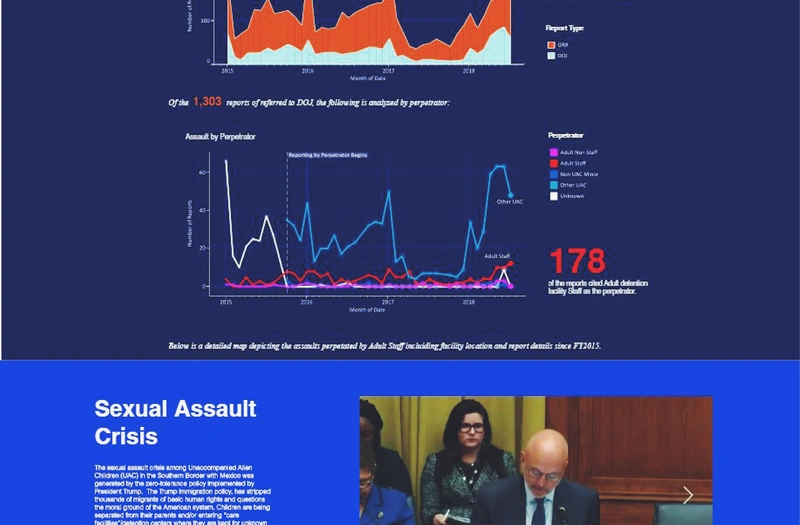
As we come up on the two year anniversary of the Family Separation policy implementation by the current administration, we decided to take a look at the data available documenting the magnitude of the crisis. Through Unaccompanied Assault, we have focused on understanding the plight of the most adversely affected, unaccompanied minor children. These children, have either entered the US without a guardian or have been separated from them at the border. As it is well documented, due to the lack of